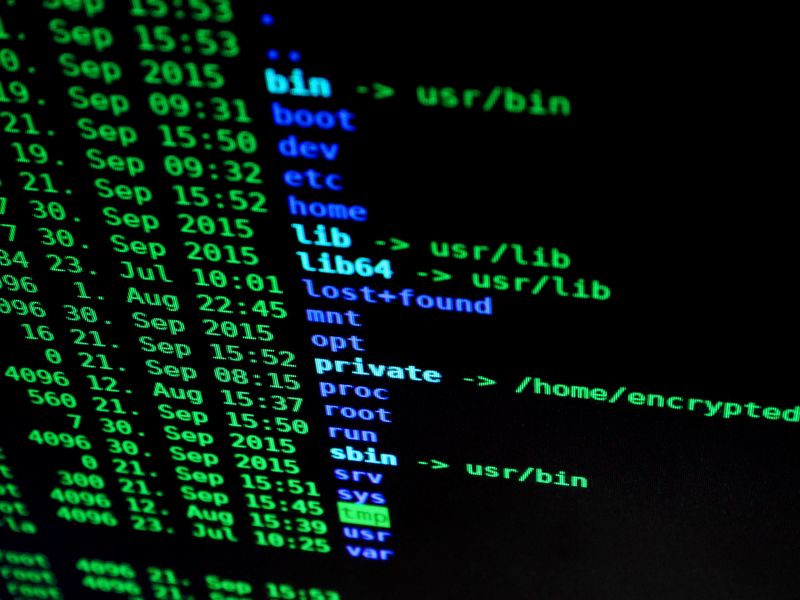Cybercrime: Two major energy corporations added to growing MOVEit victim list
Introduction
In the latest incident of cybercrime, two major energy corporations, Schneider Electric and Siemens Energy, have become victims of the ongoing hacking campaign targeting organizations across various sectors. This campaign, executed by the ransomware gang known as CL0P, has exploited a vulnerability in MOVEit, a widely used file transfer tool by Progress Software. Both Schneider Electric and Siemens Energy have been added to the leak site by CL0P, indicating that their data may have been compromised. This breach highlights the urgent need for enhanced internet security measures to protect critical infrastructure and sensitive information.
The MOVEit Vulnerability and its Impact
Since early June, the hacking campaign has affected more than 100 victims, including government agencies, states, universities, and now major energy corporations. Multiple federal agencies, including two Department of Energy entities, have reported being affected by the MOVEit vulnerability. There are indications that the Department of Agriculture may have also experienced a breach, and the Office of Personnel Management has been affected as well. The scale and impact of this campaign are alarming, and it calls for immediate action to mitigate the risks associated with this vulnerability.
Cybersecurity Agency’s Assessment
Jen Easterly, the Director of the Cybersecurity and Infrastructure Security Agency, has noted that the MOVEit campaign appears to be largely opportunistic. The stolen files may be limited to the information stored on the file transfer application at the time of the intrusion. This assessment provides some assurance that the scope of the data compromise may be contained. However, the full extent of the stolen information and its potential consequences remain uncertain.
Schneider Electric and Siemens Energy response
Siemens Energy has confirmed that it was targeted by the CL0P ransomware gang but stated that no critical data has been compromised, and their operations have not been affected. They claim to have taken immediate action upon learning about the incident. On the other hand, Schneider Electric became aware of the vulnerability on May 30 and promptly deployed available mitigations to secure data and infrastructure. However, they were later informed of being a victim of a cyber-attack related to MOVEit vulnerabilities, which they are currently investigating.
Impact on Government and Institutions
Since the Russian-speaking CL0P gang revealed its victims, state and local governments have been heavily targeted, with at least seven being affected. The California Public Employees’ Retirement System, the largest public-employee pension fund in the nation, is among the victims. Additionally, approximately 45,000 students from New York City public schools had their personal data, including Social Security numbers, stolen over the weekend. These incidents highlight the vulnerabilities of critical infrastructure and the need for stronger security protocols across all sectors.
State Department Reward
In response to the increasing threat posed by the CL0P ransomware gang, the U.S. State Department has offered a $10 million reward for information leading to the apprehension of the individuals involved in this cybercrime. This demonstrates the seriousness of the situation and the government’s determination to bring the perpetrators to justice.
Editorial: Strengthening Internet Security and Protecting Critical Infrastructure
The recent wave of cyberattacks, targeting both private corporations and public institutions, underscores the urgent need for strengthened internet security measures. As cybercriminals continue to exploit vulnerabilities in widely used software and tools, it is crucial for organizations to prioritize cybersecurity as a fundamental aspect of their operations. This includes implementing robust security protocols, regularly updating software to patch vulnerabilities, and investing in advanced threat detection and prevention systems.
The Philosophy of Internet Security
Cybersecurity is not just a technical issue; it is also a matter of philosophy. In an increasingly interconnected world, where information flows freely and technology plays a central role in our lives, the responsibility for protecting our digital infrastructure falls on individuals, organizations, and governments. The principles of transparency, accountability, and a proactive approach to security must guide our actions. Only through collective efforts and a shared commitment to cybersecurity can we prevent and mitigate the risks posed by cybercrime.
Advice for Organizations and Individuals
In light of the growing cybercrime threat, organizations and individuals must take proactive steps to enhance their internet security:
1. Regularly Update Software:
Ensure that all software, including file transfer tools, is updated with the latest security patches to guard against known vulnerabilities.
2. Implement Multi-factor Authentication:
Adopt multi-factor authentication for all critical systems and accounts to add an extra layer of security.
3. Conduct Regular Security Audits:
Organizations should regularly assess their cybersecurity measures, conduct penetration testing, and identify potential weaknesses that need addressing.
4. Train Employees on Cybersecurity Best Practices:
Educate employees about the importance of cybersecurity and provide training on best practices to prevent phishing attacks, social engineering, and other common tactics used by cybercriminals.
5. Establish Incident Response Plans:
Develop comprehensive incident response plans that outline the steps to be taken in case of a cyberattack. This includes timely reporting, containment, and recovery processes.
6. Collaborate with Cybersecurity Experts:
Partner with cybersecurity experts who can provide guidance and support in implementing robust security measures tailored to the organization’s specific needs.
7. Stay Informed and Vigilant:
Keep up-to-date with the latest cyber threats, trends, and security practices. Stay vigilant, report any suspicious activities promptly, and follow recommended security guidelines.
By adhering to these guidelines and adopting a proactive approach to cybersecurity, organizations and individuals can significantly reduce the risks posed by cybercrime and protect their critical infrastructure and sensitive information.

<< photo by cottonbro studio >>
The image is for illustrative purposes only and does not depict the actual situation.
You might want to read !
- The Vulnerability of Rural Water Systems: Analyzing the Cyber Funding Flows
- The FDA’s SBOM Mandate: A Game-Changer for Open Source Security
- The FDA’s SBOM Mandate: Revolutionizing OSS Security Practices
- Airline Security Breach: American and Southwest Faced with Hacked Pilot Applicant Information
- Is Cyera’s $100 Million Investment the Key to Enhancing Data Security?
- How Encryption Waged War on Drugs: Inside the 3-Year Investigation That Led to a Massive Drug Seizure
- Exposed and Vulnerable: The Alarming Presence of Internet-Connected Devices in US Agencies
- “The Battle for npm: Unleashing an Unprecedented Campaign to Safeguard the Ecosystem”




